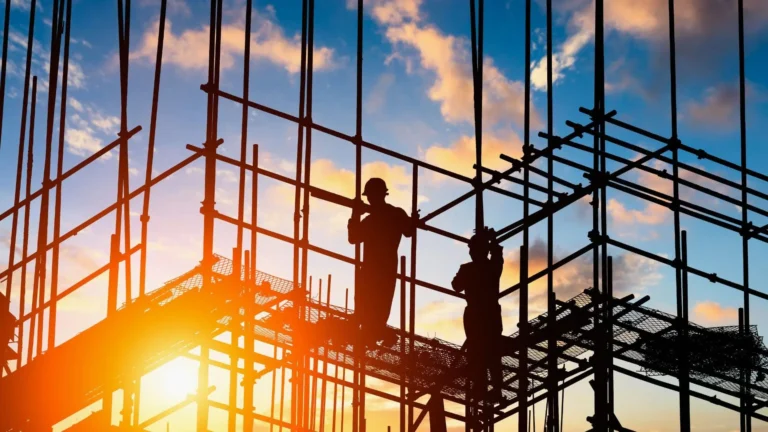The face of infrastructure development in developing nations is undergoing significant transformation, driven by global construction companies committed to sustainable progress. These companies, through a blend of advanced technology and a deep understanding of local needs, are setting new standards for how projects are carried out in regions that need them most. From enhancing transportation systems to empowering communities, international construction companies are playing a pivotal role in the development of durable, future-focused infrastructure.
Embracing Sustainable Building Practices to Meet Local Needs
Sustainability has become more than just a buzzword; it’s a necessity. Global construction companies are adapting to the environmental and social contexts of the countries where they work by using sustainable building practices. These efforts often involve utilizing materials that are both eco-friendly and suited to the local climate. For example, in areas with abundant natural resources, companies focus on sourcing materials locally, reducing carbon emissions associated with transportation, and ensuring that structures are resilient against local environmental challenges.
These sustainable practices extend beyond materials. International construction companies are also mindful of the cultural and economic needs of the communities they serve. By building infrastructure that not only meets present demands but also aligns with long-term sustainability goals, these companies are helping to create cities and towns that are better prepared for future growth.
Enhancing Transportation Networks with Innovative Engineering
Transportation networks are the arteries of economic development, and global construction firms are stepping up by designing and building innovative infrastructure that can withstand the test of time. In developing nations, the need for modern roads, bridges, and public transit systems is immense. Through cutting-edge engineering techniques, these firms create solutions that are both practical and forward-thinking.
The innovation doesn’t stop with physical structures. Smart technology is being integrated into transportation networks to improve efficiency and safety. Real-time traffic management systems, smart tolling, and automated public transit systems are just a few examples of how global construction companies are elevating transportation standards in developing nations. These advancements are not just beneficial for the immediate users but also act as a catalyst for overall economic growth by improving the movement of goods and people.
Leveraging Local Resources to Build Resilient Infrastructure
Building infrastructure that lasts is about more than just using the latest technology. It requires a thoughtful approach to leveraging local resources. Global construction companies are increasingly turning to the assets already available within the communities they work in, whether that’s natural materials or human capital. This approach not only reduces costs but also fosters a sense of ownership and empowerment among local populations.
For example, by sourcing local building materials, international construction companies can ensure that infrastructure is designed to handle the specific challenges of the region. Whether it’s a road that needs to endure seasonal floods or a power grid that must withstand tropical storms, the strategic use of local resources leads to more resilient infrastructure. This focus on local resilience also creates economic opportunities for local businesses and suppliers, reinforcing the project’s long-term success.
Introducing Advanced Technology to Streamline Large-Scale Projects
The scale of infrastructure projects in developing nations often demands the use of advanced technologies to maintain efficiency and quality. International construction companies are increasingly relying on technology like Building Information Modeling (BIM), drones, and automated machinery to improve project timelines, reduce errors, and cut costs. These tools allow companies to manage large-scale projects with precision, even in challenging environments.
Drones, for example, are being used to conduct topographical surveys and monitor construction progress in real-time. This aerial perspective ensures that potential issues are identified early, preventing costly delays. Meanwhile, BIM software facilitates seamless communication across teams, reducing misunderstandings and improving collaboration. Through these technologies, global construction companies can meet tight deadlines while maintaining high standards of quality.
Collaborating with Local Governments for Tailored Development
Infrastructure projects in developing nations must be built with local context in mind, which is why collaboration with local governments is so critical. International construction companies work closely with policymakers to ensure that infrastructure development aligns with regional goals and addresses the most pressing needs of the population. This partnership ensures that projects are not only technically sound but also politically and socially relevant.
These collaborations often involve detailed planning to integrate infrastructure projects with national development plans. In some cases, global construction companies provide technical expertise that helps governments refine their urban planning strategies. Whether it’s a large-scale transportation project or a new housing development, the success of these initiatives relies heavily on the ability to create infrastructure that is both adaptable and beneficial to the people it serves.



